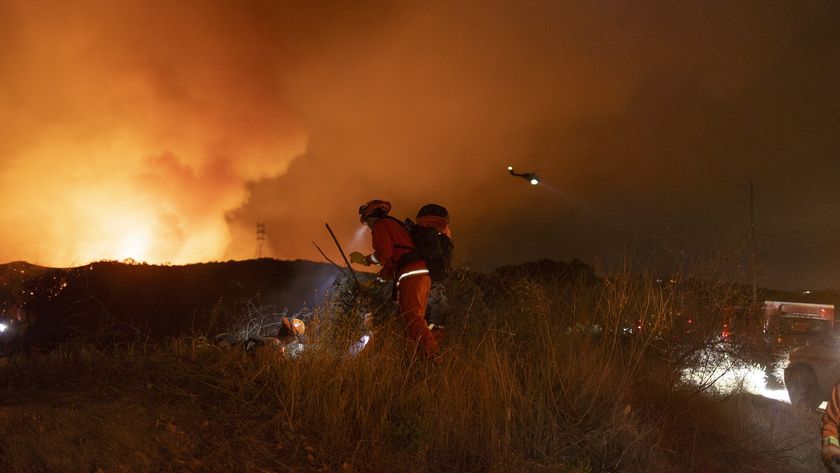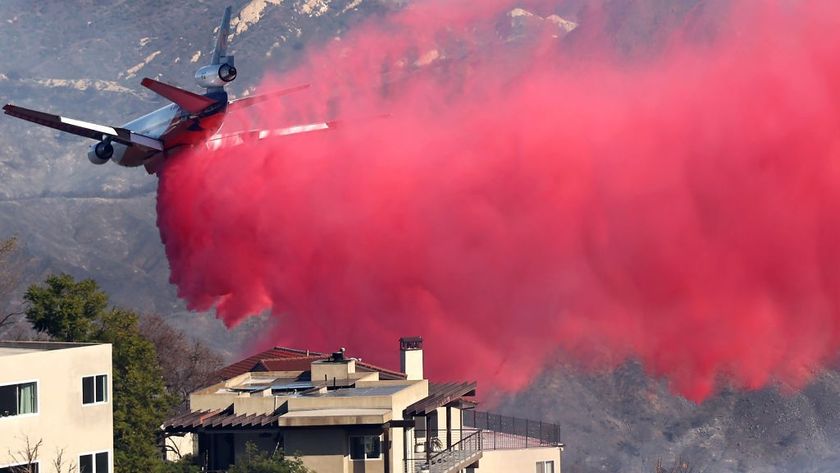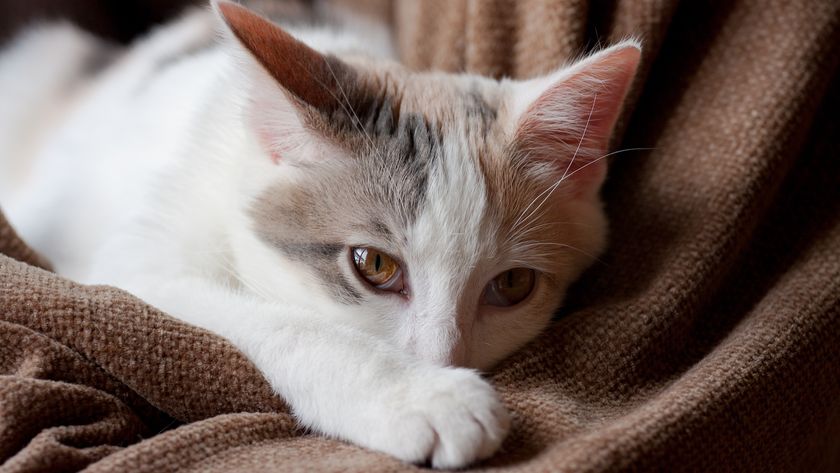Burn Scar from Massive Australian Wildfire Visible from Space
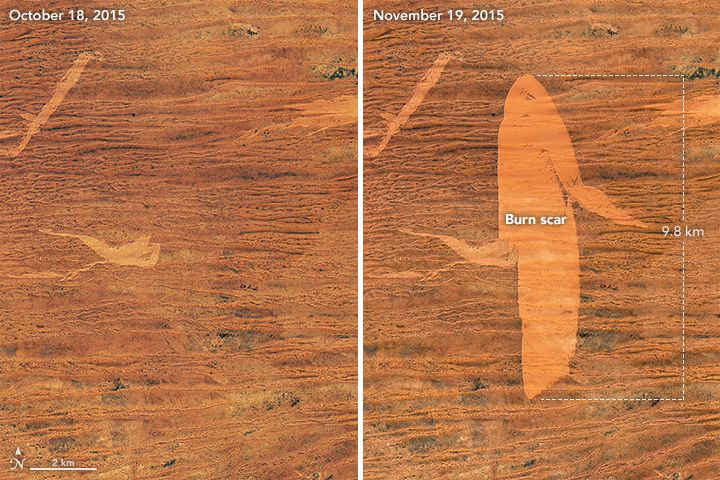
A burn scar left by a wildfire in Western Australia is so massive, it's visible from space, according to images captured by a NASA satellite.
But fires that leave immense scars in their wake — such as this one in the Gibson Desert, just 50 miles (80 kilometers) southwest of Lake Mackay — aren't entirely unexpected, NASA said. That's because the native Aboriginal people who once routinely set fire to their land no longer live there, allowing desert grasses to grow out of control and into a colossal tinderbox.
"For tens of thousands of years, nomadic Aboriginal people traveled the harsh landscape around Lake Mackay looking for food and water," NASA's Earth Observatory said in a statement. "That nomadic lifestyle was transformed when the British military began missile tests in the region in [the] 1950s; most of the Pintupi people [an Australian Aboriginal group] living in the area ended up in small settlements such as Kiwirrkurra" — located in the Gibson Desert. [Top 10 Deadliest Natural Disasters in History]
Before their relocation, the Pintupi would purposefully light wildfires for several reasons: to encourage the growth of certain edible plants that were only plentiful in the years following a fire, to drive game animals out of their burrows, and to make hunting animals easier, partly because the animals would have few places to hide, NASA said.
But after the British intervened, the landscape in the Pintupi's former stomping grounds changed. The Pintupi were no longer there to ignite fires, and so the desert vegetation grew. Now, when a blaze begins, whether it is man-made or from a lightning strike, it burns brightly and covers a large area.
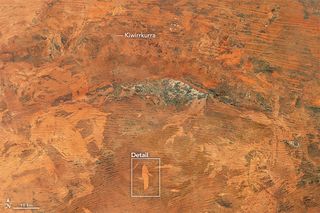
A comparison of aerial imagery from the 1950s with a series of recent images captured by NASA Landsat satellites shows that fire scars left around Lake Mackay have grown much larger since the Pintupi relocated, said Neil Burrows, an ecologist with Western Australia's forest department.
The Operational Land Imager (OLI) on the Landsat 8 satellite captured the recent image of the Gibson Desert on Nov. 19, 2015. The light-orange burn scar stands out in stark contrast to the darker-orange areas that have not been burned in recent years. These unburned areas are home to the desert grass Triodia, NASA said.
Sign up for the Live Science daily newsletter now
Get the world’s most fascinating discoveries delivered straight to your inbox.
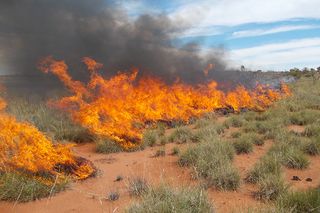
This burn mark, located south of a mountain range (shown in gray in the image), was likely the product of a fire started by a lightning strike on Nov. 7, 2015, according to imagery taken by the Moderate Resolution Imaging Spectroradiometer (MODIS) sensors on NASA's Aqua and Terra satellites, NASA said.
Since the Aboriginal people stopped their traditional burning practice, it has been relatively common for a single fire to be several hundred thousand hectares, he said. "In 2012, to the south of this fire, a fire burnt 3.2 million hectares (7.9 million acres) over two weeks," Burrows added.
These fires are changing more than just the landscape. Ecologists have documented a sharp decline in native mammal populations in the area, and these intense fires are likely contributing to the problem, Burrows said.
Original article on Live Science.

Laura is the archaeology and Life's Little Mysteries editor at Live Science. She also reports on general science, including paleontology. Her work has appeared in The New York Times, Scholastic, Popular Science and Spectrum, a site on autism research. She has won multiple awards from the Society of Professional Journalists and the Washington Newspaper Publishers Association for her reporting at a weekly newspaper near Seattle. Laura holds a bachelor's degree in English literature and psychology from Washington University in St. Louis and a master's degree in science writing from NYU.
Most Popular


